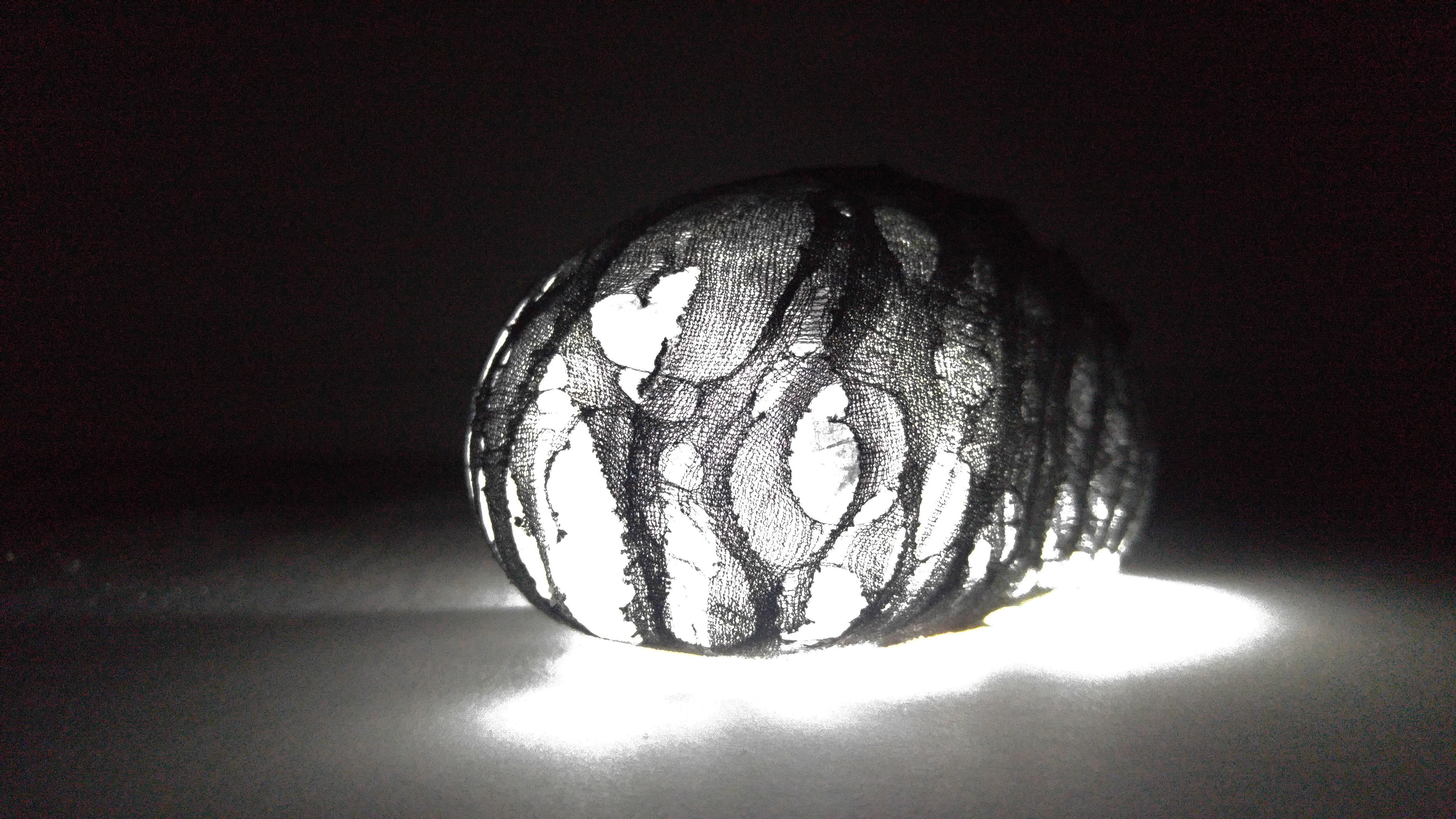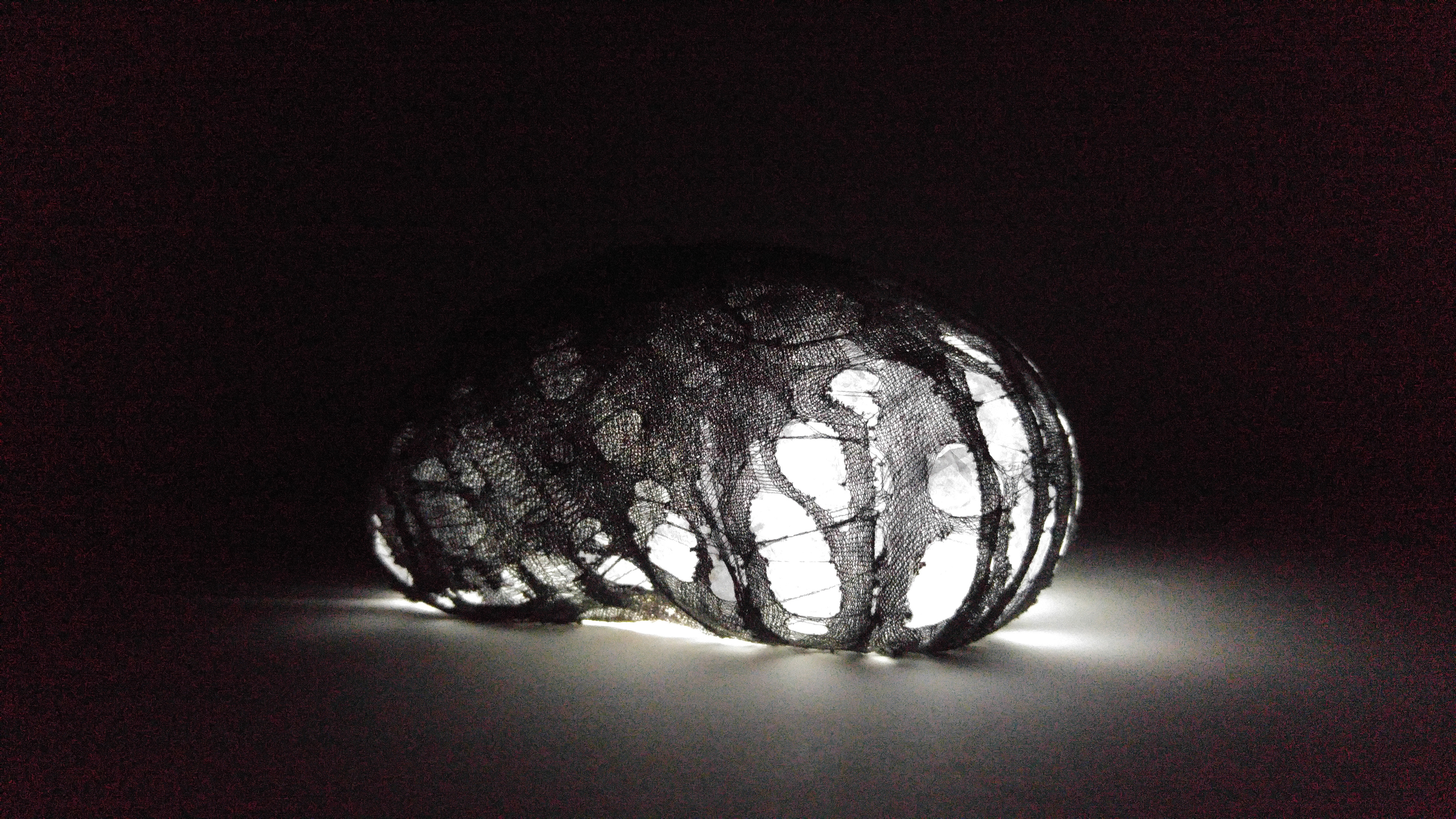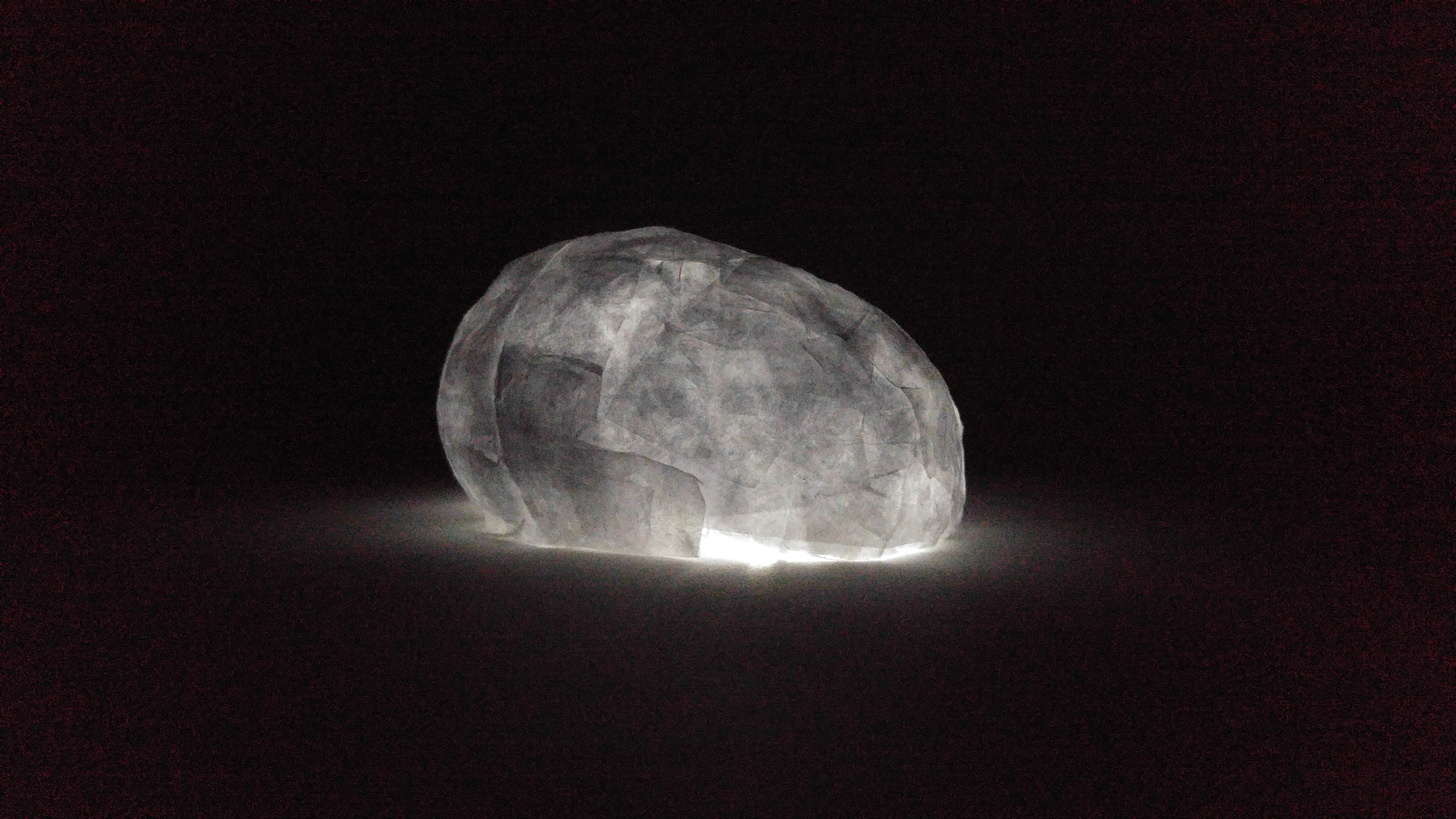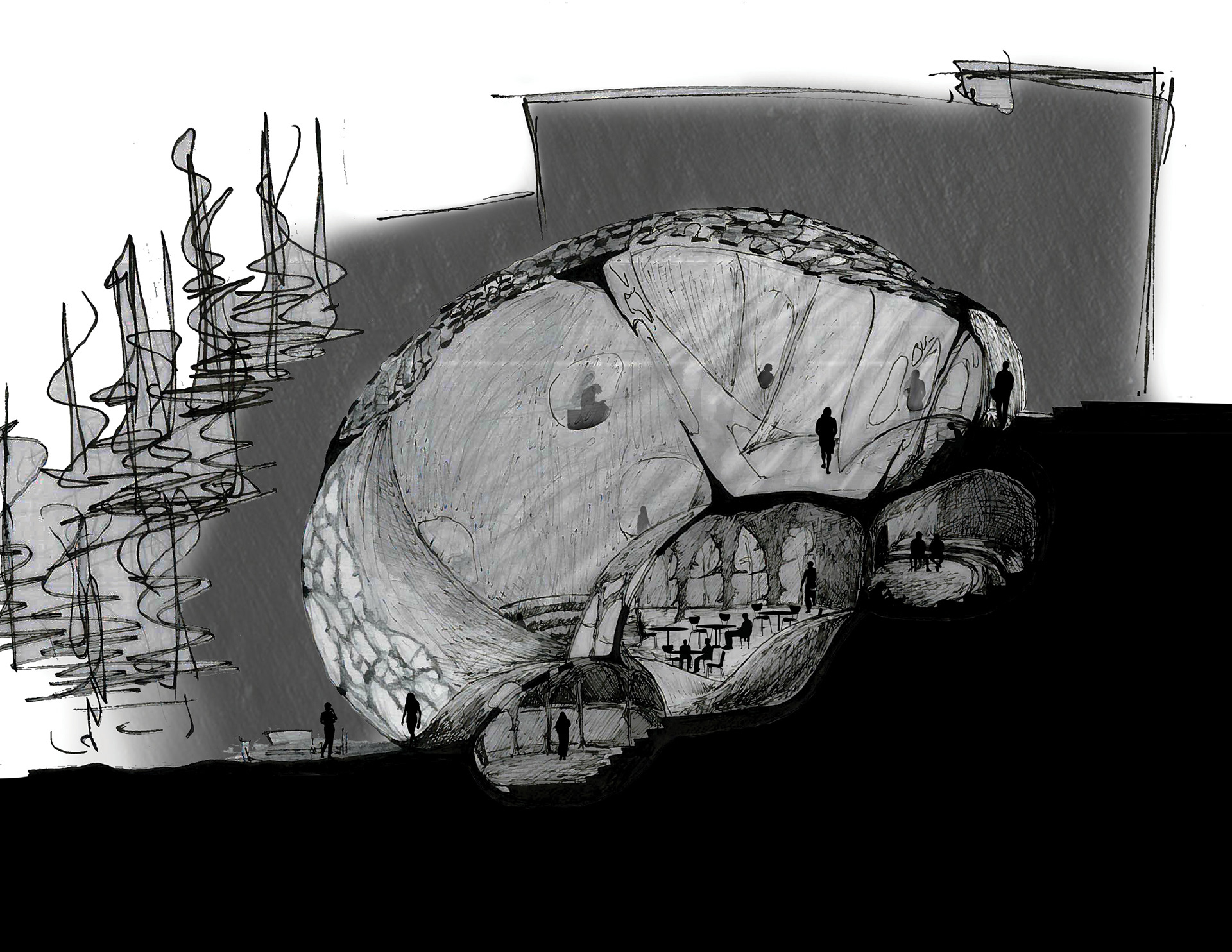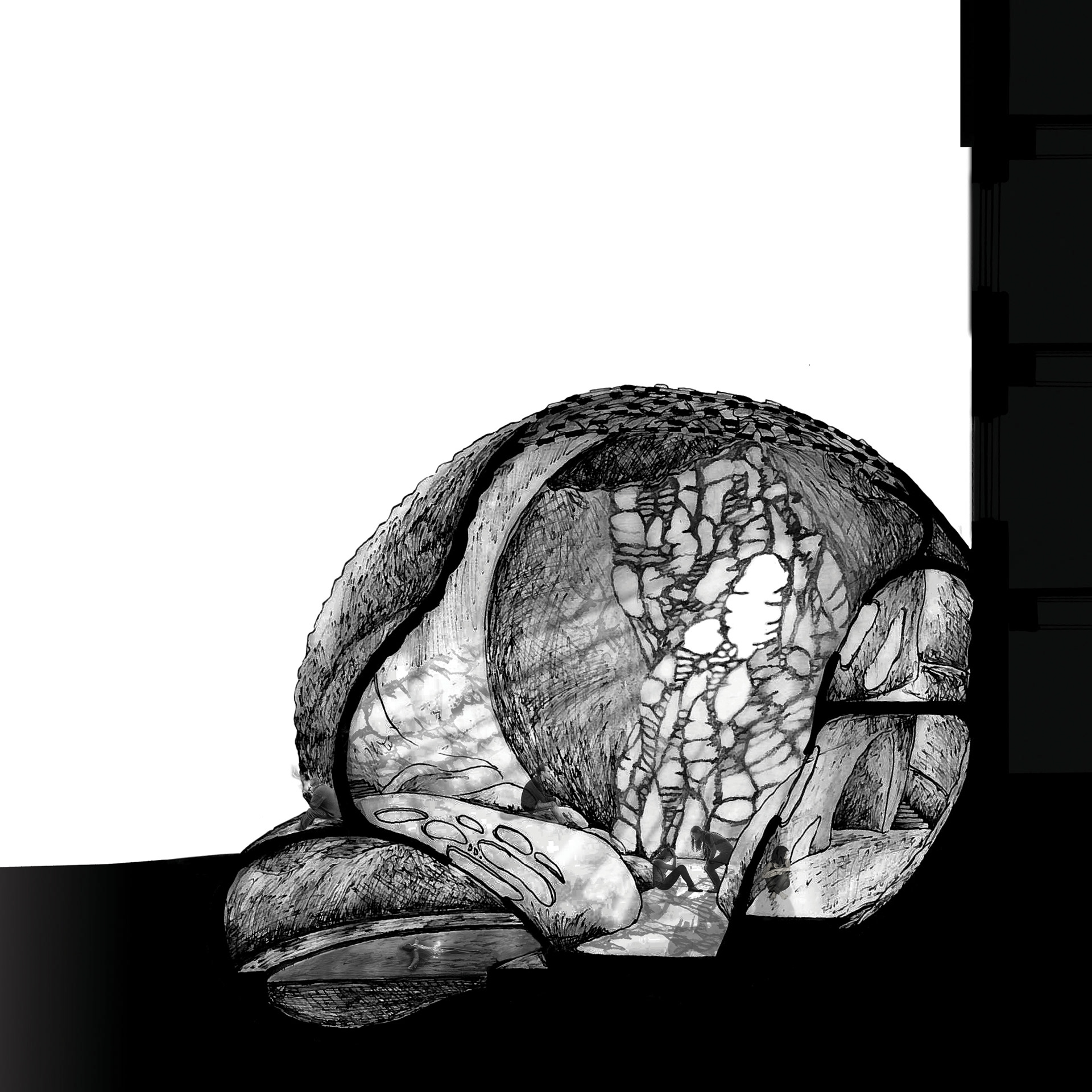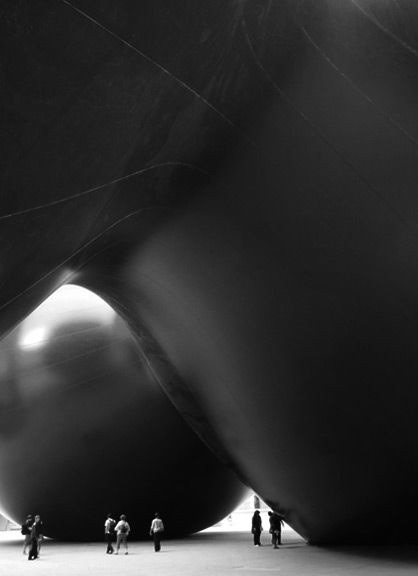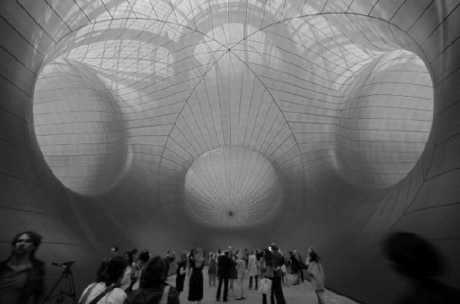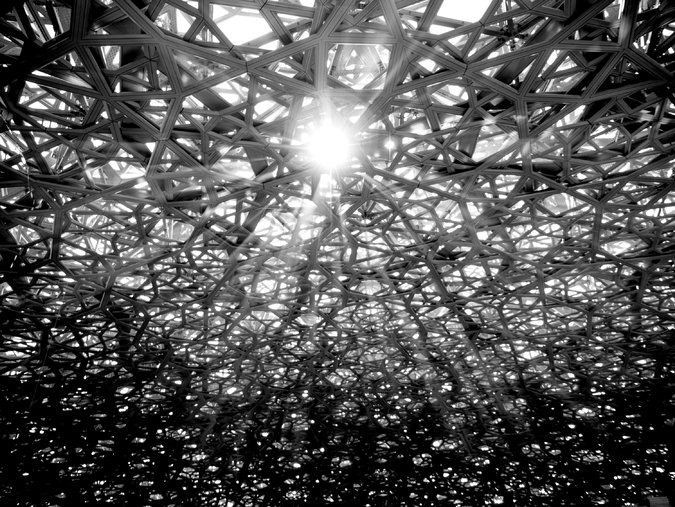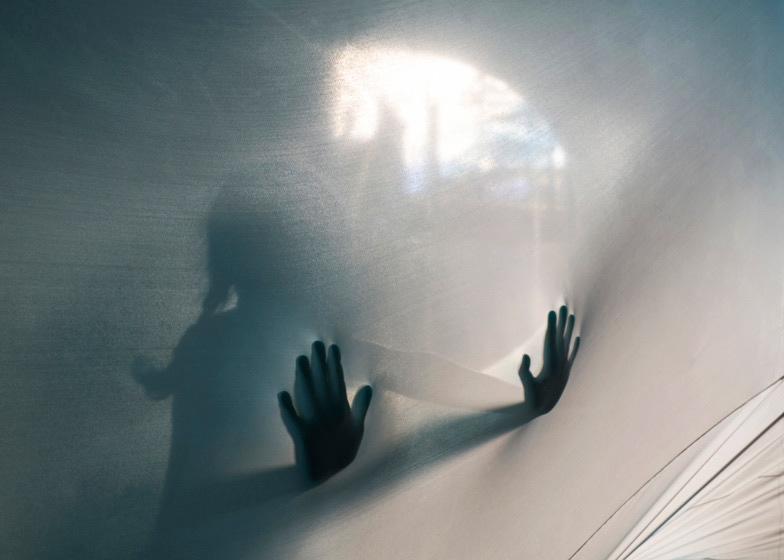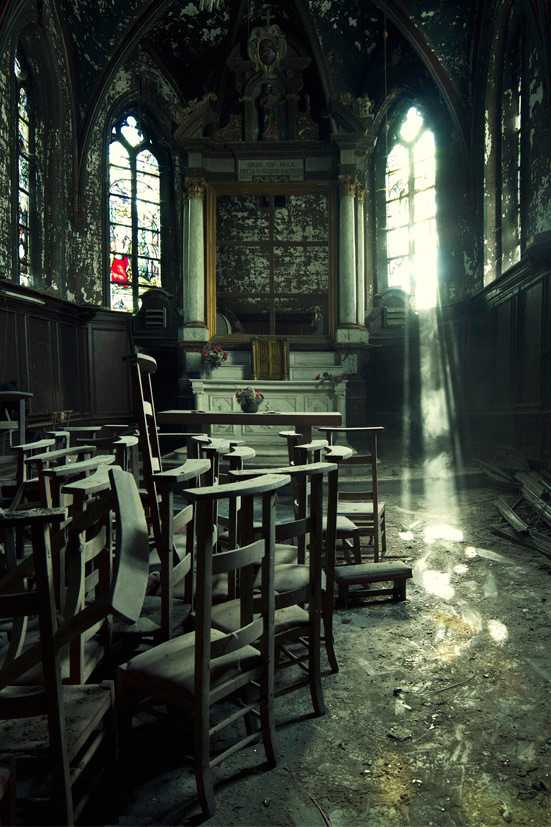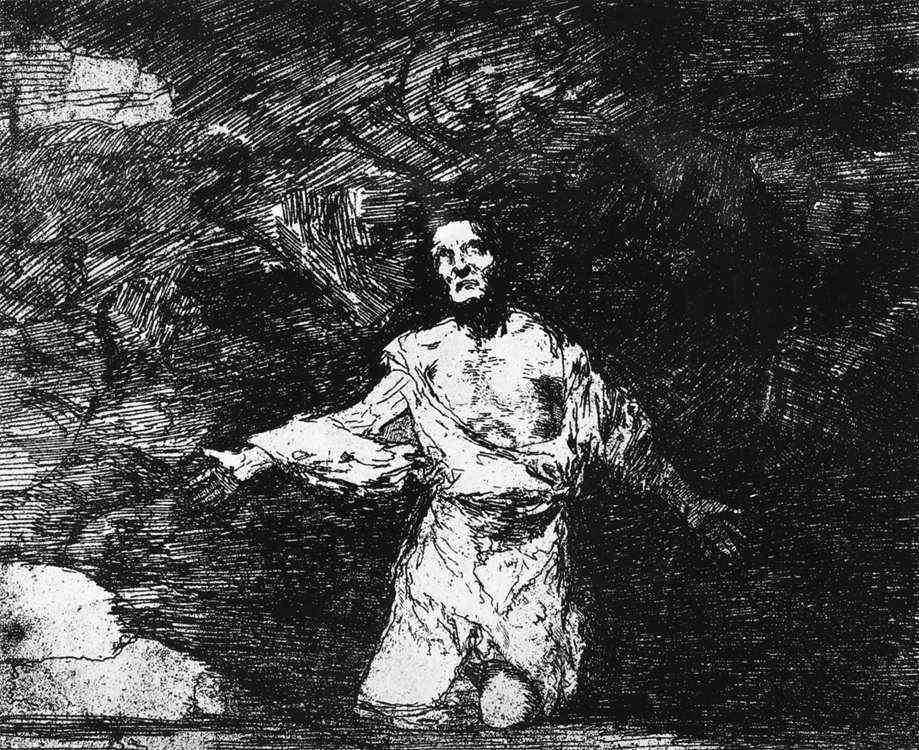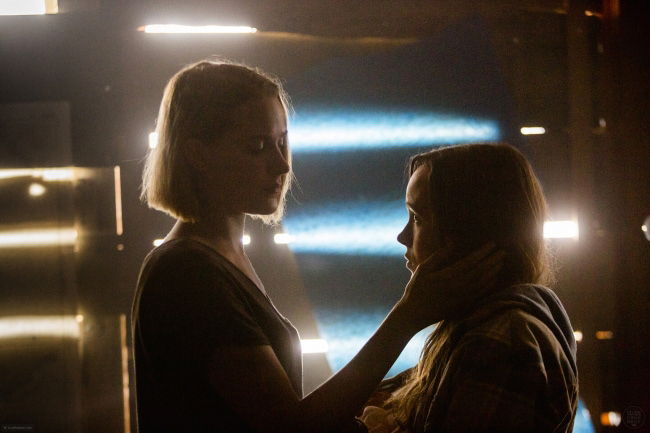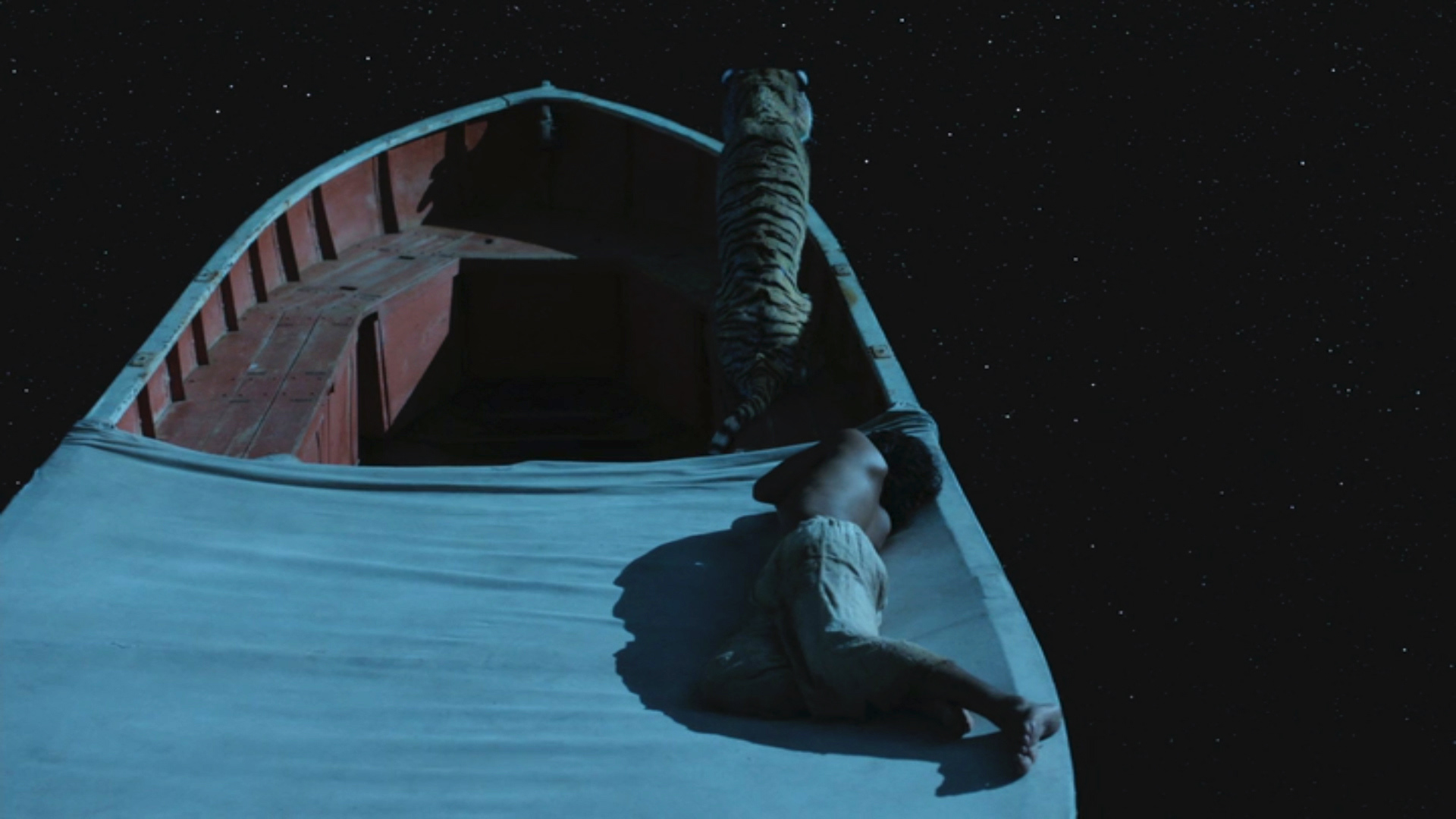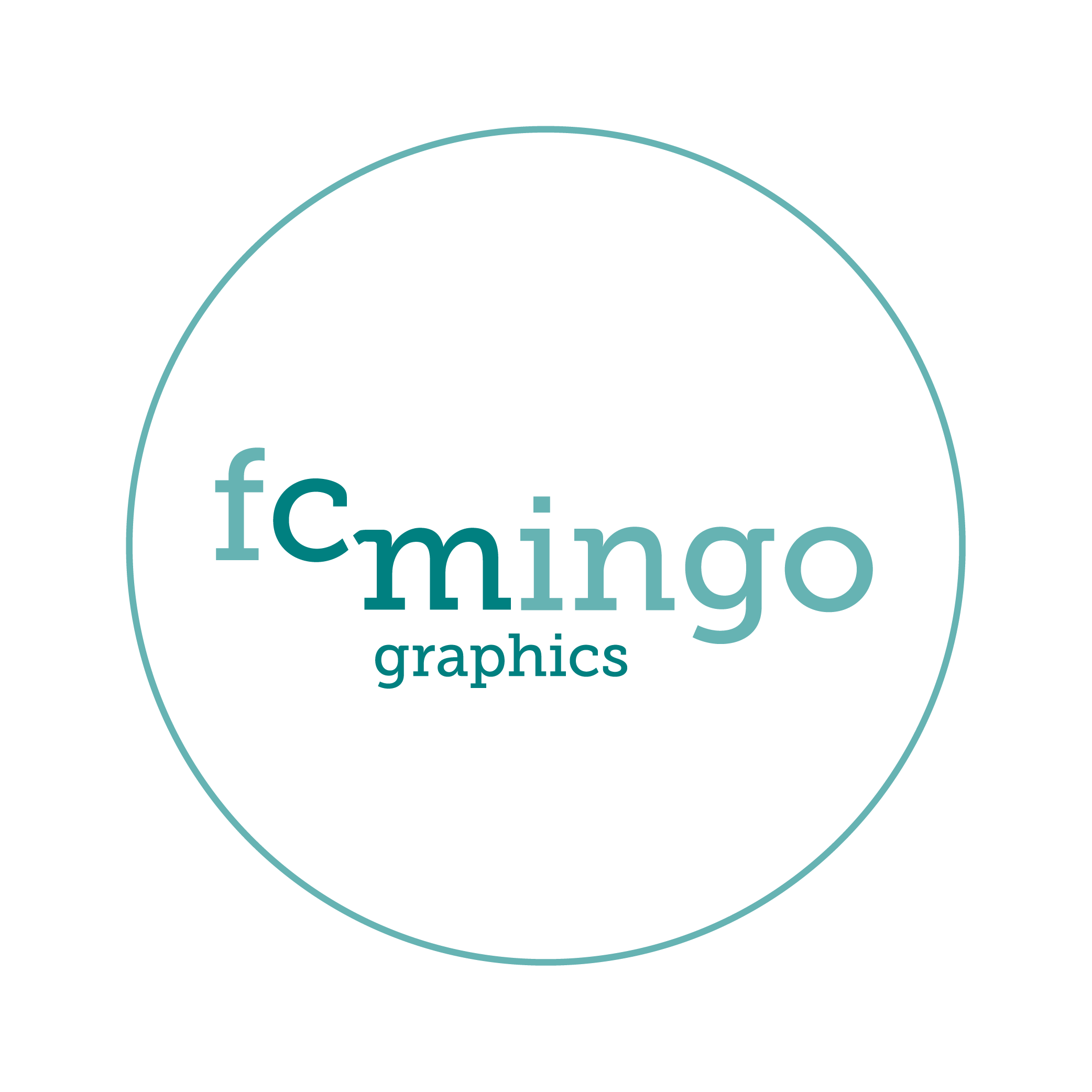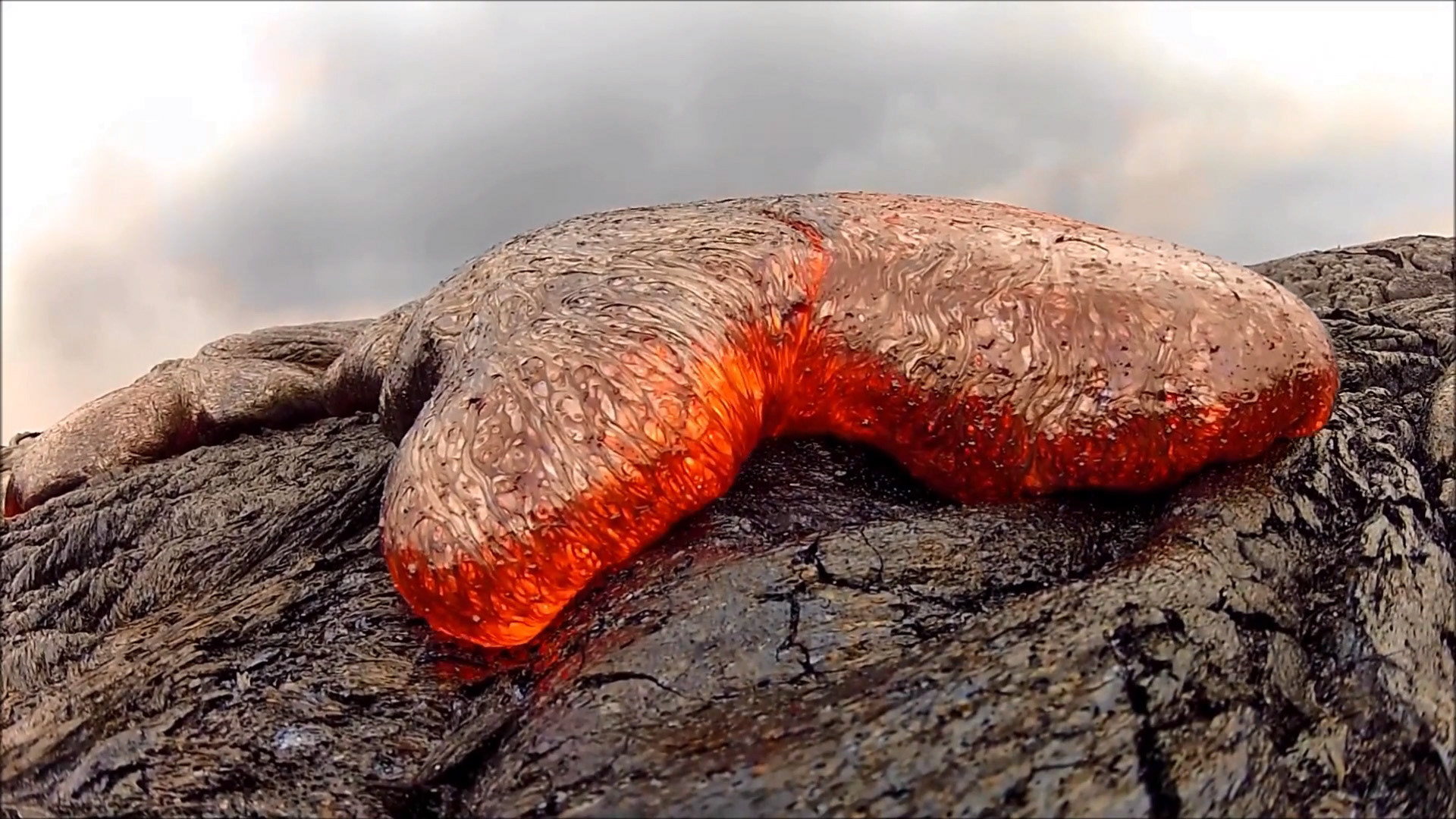
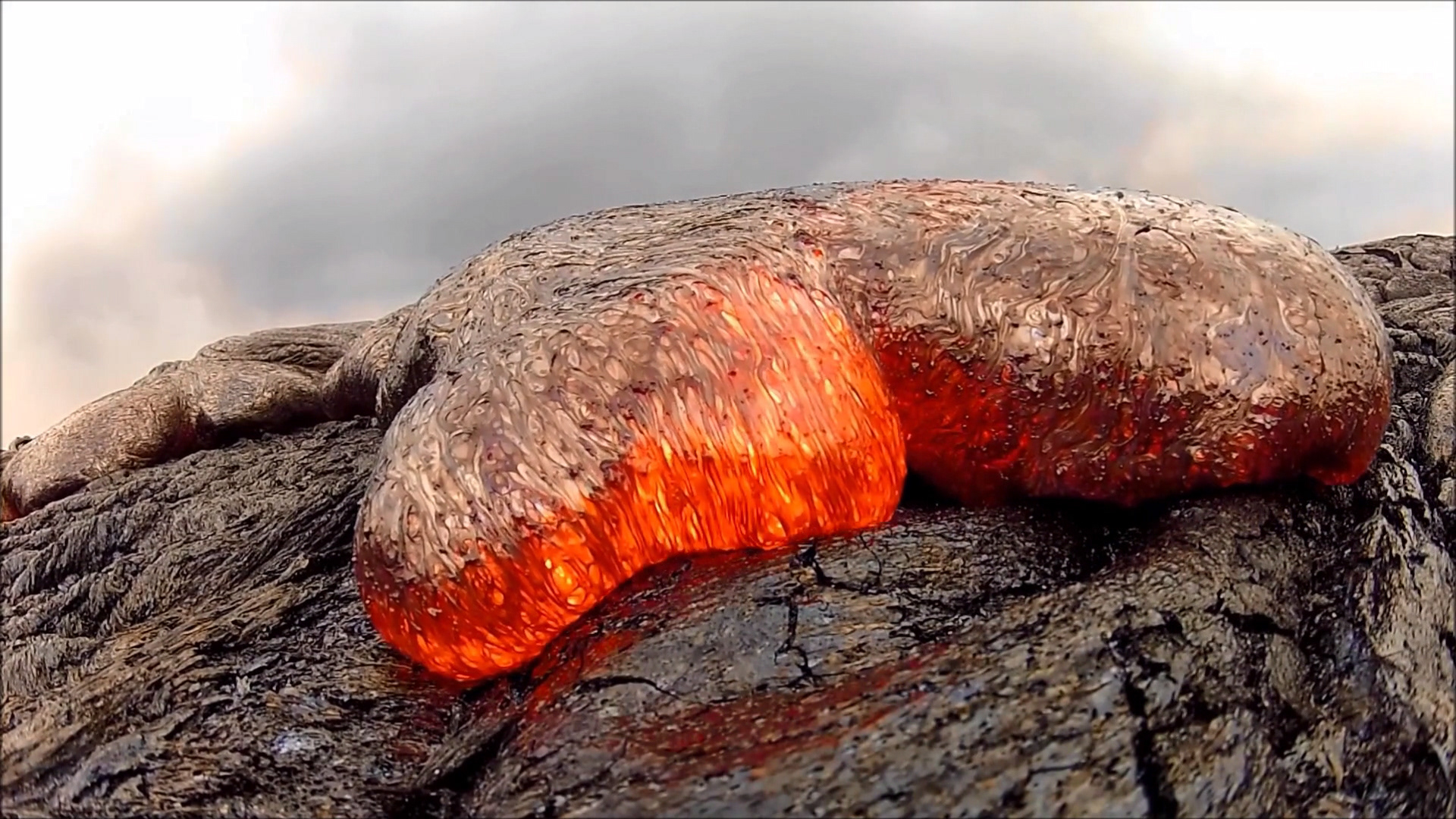
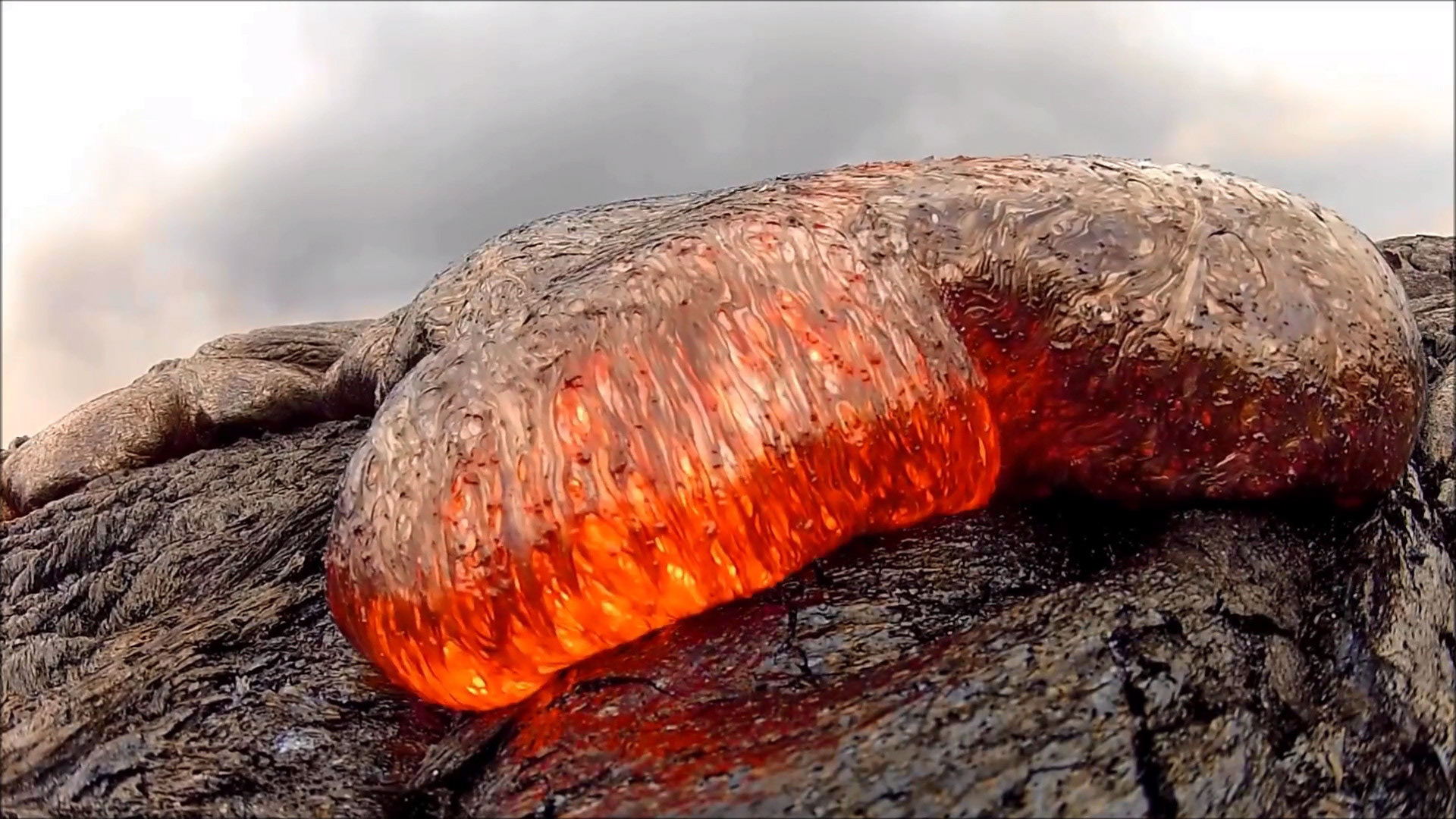
EXPERIENTIAL RENDER OF THE VIEW TOWARDS THE STREET FROM INSIDE THE BUILDING.
EXPERIENTIAL RENDER OF BUILDING EXTERIOR.
EXPERIENTIAL RENDER OF FORUM SPACE.
EXPERIENTIAL MOMENTS. Life and its anxieties can be overwhelming and consuming. Ecclesia was designed as a series of architectural features encouraging disenfranchised youth to release pent-up emotions. From facilitating solitary moments to reflect– like taking a hot shower– to collective spaces to rage– like dancing underground– this centre provides spaces to acclimatize oneself and relieve internal chaos.
PARTI DIAGRAMS. From left to right: building circulation strategy and programs' degrees of collectivity strategy.
BUILDING SECTION THROUGH FORUM. Architecturally, this project was conceived of as translucent fabric stretched over an organically shaped metal frame wedged between existing buildings and encased in glass. Programs exist within and around the lava-like mass.
